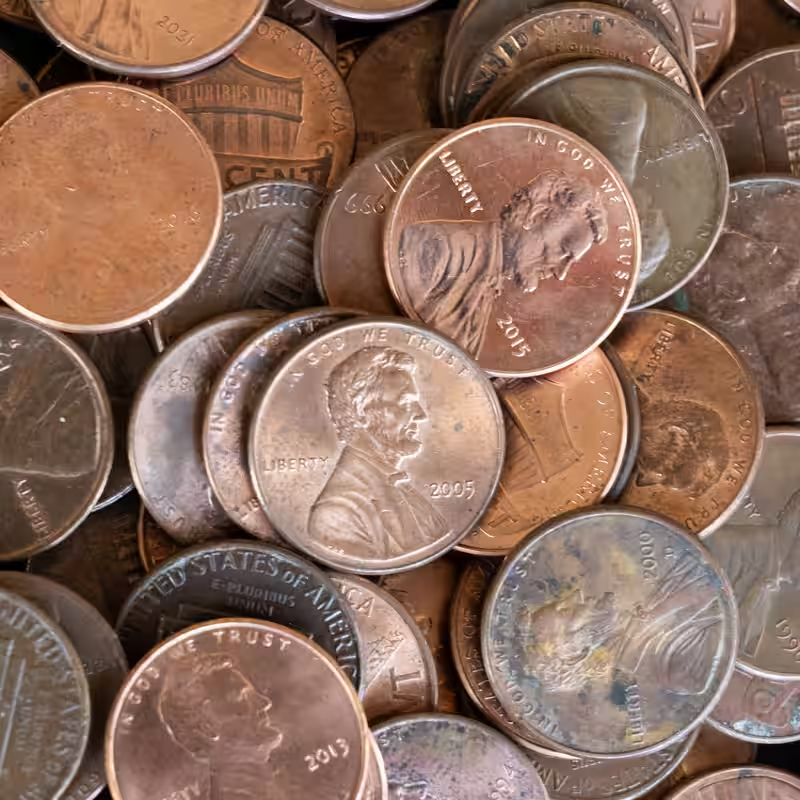The humble penny—once a staple of American pocket change—is vanishing from cash registers across the country. As the U.S. Treasury Department moves forward with its plan to phase out the one-cent coin starting in 2026, retailers are scrambling to adapt, and consumers are feeling the pinch in unexpected ways .
Why Is the Penny Being Retired?
For years, the penny has cost more to produce than it’s worth. Minting a single cent now costs taxpayers nearly 2.5 cents, resulting in millions in annual losses. In a major cost-cutting move, the Treasury Department announced it will stop producing new pennies by early 2026 . While existing pennies will remain legal tender, they’ll gradually disappear from circulation as they’re spent or collected .
The expected payoff? An estimated $56 million in annual savings for the U.S. government . But the ripple effects on Main Street businesses and everyday shoppers are just beginning to unfold.
How Retailers Are Adapting to the Penny Phase-Out
Without a steady supply of new pennies, many businesses are proactively adjusting their cash-handling practices. The most common solution? Rounding cash transactions to the nearest nickel .
This approach—already standard in Canada, New Zealand, and Australia—seems simple in theory. But in practice, it’s causing confusion, pricing dilemmas, and even customer disputes.
Real-World Impact on Small Businesses
- Convenience stores report longer checkout times as cashiers explain rounding policies.
- Coffee shops are switching to digital-only payments to avoid the hassle entirely.
- Pharmacies and grocers are updating point-of-sale systems to auto-round only cash totals, keeping card prices exact.
Some industry groups, like the Independent Community Bankers of America (ICBA), have even urged the Treasury to pause the phase-out, citing “uncertainty in pricing approaches, consumer transactions, and legal compliance” . They argue that without clear federal guidelines, businesses are left to interpret rounding rules on their own—a recipe for inconsistency .
What This Means for You
If you still use cash, here’s what to expect:
| Original Cash Total | Rounded Amount (to nearest 5¢) |
|---|---|
| $4.01 or $4.02 | $4.00 |
| $4.03 or $4.04 | $4.05 |
| $4.06 or $4.07 | $4.05 |
| $4.08 or $4.09 | $4.10 |
Over time, rounding is designed to balance out—sometimes you pay a nickel more, sometimes less. But for budget-conscious shoppers buying multiple small items, those extra cents can add up.
Meanwhile, businesses are increasingly encouraging plastic payments, where exact amounts are processed without rounding . This shift could accelerate the decline of cash usage in the U.S.—a trend already well underway.
The Bigger Picture: A Cash-Lite Future?
The penny’s retirement may be just the beginning. Economists see this as a symbolic step toward a more digital economy. As one retail analyst noted, “Eliminating the penny isn’t just about saving metal—it’s about streamlining transactions in a world that’s moving away from physical money” .
Still, millions of Americans—especially seniors, rural residents, and unbanked households—rely on cash. Advocates warn that rapid changes without public education could leave vulnerable populations behind .




